High quality manual rain gauge's tube is made of high quality thick clear plastic with a clear texture. Decorative rain gauges make great gifts for gardeners, weather watchers, gadget geeks and backyard enthusiasts. It's easy and fun to use for people of any age or ability.
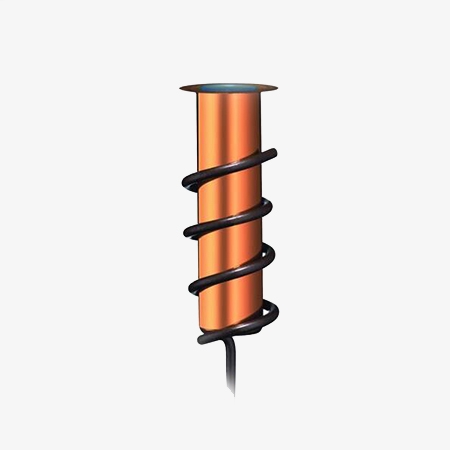
Spiral Shape Design, All-copper Material, Strong Corrosion Resistance and Weather Resistance
- The elegant spiral appearance is not only unique and decorative, but also helps rainwater flow smoothly into the measuring cylinder to improve measurement efficiency.
- SISCO copper rain gauge is made of high-quality pure copper, the surface presents a classic metallic luster, and it is not easy to rust even after long-term exposure to rain and sunlight, and it is both ornamental and durable.
- The copper rain gauge is corrosion-resistant and weather-resistant, adaptable to various outdoor environments, regardless of wind, rain and climate change, and is especially suitable for long-term installation in gardens, terraces or farmlands.
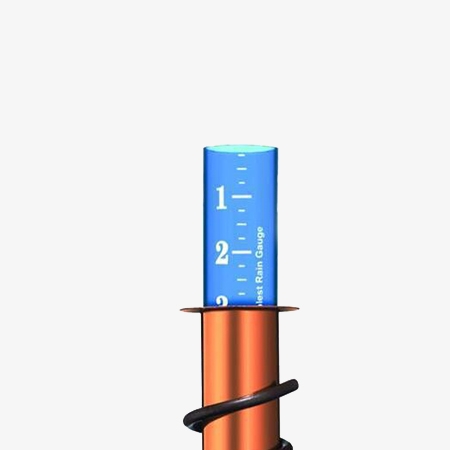
The Rain Gauge Adopts a High-Precision Graduated Glass Tube
- Clear and legible measurements: The transparent glass tube features bold, high-contrast markings for quick and accurate rainfall readings, even in low-light conditions.
- Accurate calibration: The glass tube is finely marked with consistent units (e.g., 0.5mm or 1mm), providing precise, repeatable measurements.
- Easy to clean: The removable tube design allows for effortless cleaning, preventing debris or buildup from distorting results over time.
- Weather-resistant and durable: The glass tube resists discoloration, scratching, and deformation, making it ideal for year-round outdoor use.
Applications
The SISCO rain gauges are widely used in hydropower stations, reservoirs, agriculture and forestry, meteorological stations, and hydrological stations to accurately measure rainfall for weather observation, irrigation planning, and water resource management.

Reservoir
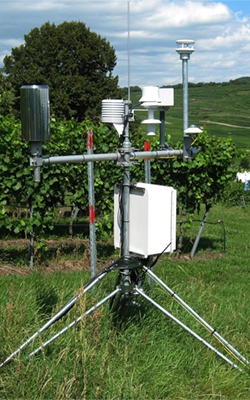
Weather Station
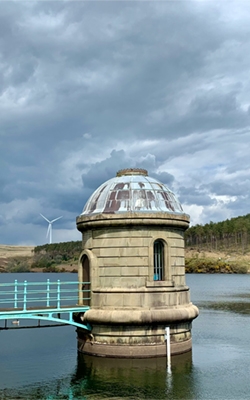
Hydrological Station
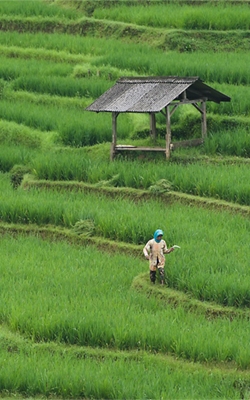
Agriculture and Forestry
| Model | SISCO-RG-WF-34 |
| Material | Pure copper (body); Glass or acrylic (measuring tube) |
| Graduation Units | 1 mm |
| Corrosion Resistance | Excellent (natural copper with weather-resistant properties) |
| Operating Temperature | -20°C to 50°C (-4°F to 122°F); avoid freezing water in the tube |
| Use Environment | Outdoor (garden, yard, farm, weather station) |
| Mounting Height Suggestion | 30–120 cm from ground |
Q1: What is a rain gauge?
A1: A rain gauge is a meteorological instrument designed to accurately measure the amount of rainfall over a set period, usually recorded in millimeters or inches. It collects rainwater in a funnel or container, allowing for precise quantification of precipitation, which is vital for weather forecasting, agricultural planning, water resource management, and environmental research. There are several types of rain gauges, including manual gauges that require periodic reading, tipping bucket gauges that automatically record rainfall by counting bucket tips, weighing gauges that measure the weight of collected water, and advanced optical or radar-based gauges that estimate rainfall remotely.
Q2: Why a rain gauge is important?
A2: A rain gauge is important because it provides accurate and reliable measurements of rainfall, which are essential for weather forecasting, managing water resources, agriculture, and flood prevention. By tracking precipitation levels, rain gauges help farmers optimize irrigation, enable meteorologists to predict storms and droughts, support water authorities in managing reservoirs and flood control, and contribute to climate research and environmental monitoring. Without precise rainfall data, it would be much harder to make informed decisions that protect communities and sustain ecosystems.
Q3: Can a rain gauge be any size?
A3: A rain gauge can come in various sizes, but its dimensions must be carefully designed to ensure accurate and reliable measurements. Larger gauges can collect more rainwater and are often used in professional or research settings, while smaller, more portable gauges are convenient for personal or educational use. However, the size of the collection area affects the sensitivity and precision of the readings, so rain gauges are typically designed following standard dimensions to balance ease of use with measurement accuracy.
Tips: Why choose a copper rain gauge over a plastic one?
Choosing a copper rain gauge over a plastic one offers several advantages in both durability and aesthetic value. Copper is highly resistant to rust, UV damage, and weathering, making it ideal for long-term outdoor use. Unlike plastic, which can crack, fade, or become brittle over time, copper ages gracefully—developing a natural patina that adds a rustic charm without compromising function. Additionally, copper rain gauges often feature elegant, handcrafted designs that enhance garden or landscape décor while still providing accurate rainfall measurements.
Thank you for buying industrial test and measurement equipment on SISCO.com, all products sold by SISCO and the partner cover a 12 months warranty, effective from the date of receiving the products.
What is covered?
SISCO is responsible for providing free spare parts, and free technical support to assist the customer to repair the defective products until the problem is solved.
What is not covered?
- Product purchased from anyone other than a SISCO store or a SISCO authorized reseller.
- Expendable parts.
- Routine cleaning or normal cosmetic and mechanical wear.
- Damage from misuse, abuse or neglect.
- Damage from use of parts other than SISCO approved.
- Damage from use outside the product’s usage or storage parameters.
- Damage from use of parts not sold by SISCO.
- Damage from modification or incorporation into other products.
- Damage from repair or replacement of warranted parts by a service provider other than a SISCO authorized service provider.
- Damage caused by the application environment not meeting the product usage requirements and the failure to perform preventive maintenance.

